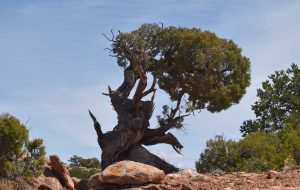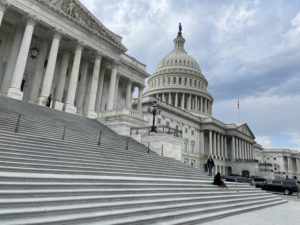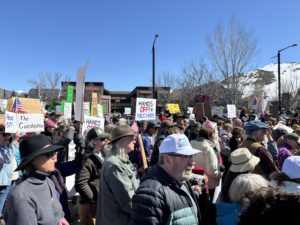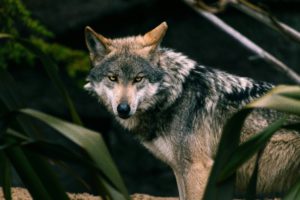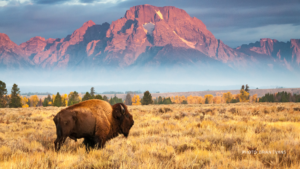Background
The San Pedro Riparian National Conservation Area was formally designated by Congress in 1988 by Public Law 100-696, “In order to protect the riparian areas and the aquatic, wildlife, archeological, paleontological, scientific, cultural, educational, and recreational resources of the public lands surrounding the San Pedro River in Cochise County, Arizona, there is hereby established the San Pedro Riparian National Conservation Area.” The legislation further mandates that Bureau of Land Management (BLM) to manage the lands in accordance with the following language:
“The Secretary shall manage the conservation area in a manner that conserves, protects, and enhances the riparian area and the aquatic, wildlife, archeological, paleontological, scientific, cultural, educational, and recreational resources of the conservation area. Such management shall be guided by this title and, where not inconsistent with this title, by the provisions of the Federal Lands Policy and Management Act of 1976.” (Emphasis added.)
At the time of designation, the BLM recognized the livestock grazing was adversely impacting the resources it was supposed to protect, and the agency immediately terminated livestock use in the entire NCA for the life of the original management plan. Shortly afterwards, additional state lands were transferred into to the San Pedro Riparian NCA and BLM has allowed grazing to continue on the four allotments that were part of this land swap. The BLM has never considered whether that grazing is an appropriate use of the San Pedro Riparian NCA, but that use continues to this day on approximately 6,500 acres.
The Draft Resource Management Plan of 2018
The BLM has issued a new Draft Resource Management Plan (DRMP) for the San Pedro Riparian NCA and its preferred alternative (Alternative C) continues the current livestock operations and opens up an additional 19,420 acres to livestock use, bringing the total to 26,450 acres open to livestock, or just under half of the entire protected area (55,990 acres total). The BLM proposes to open the uplands, outside of the immediate riparian corridor, to 3,955 AUM, or the equivalent of 320 head yearlong. This expanded use will require 43 miles of new fencing[1], at least 2.5 million gallons[2] of water per year, and allow at least 30 percent of perennial native vegetation[3] to be removed and converted to forage use. The BLM has not provided any explanation of how its preferred alternative will “conserve, protect, or enhance to aquatic, wildlife, archeological, paleontological, scientific, cultural, educational, and recreational resources of the conservation area,” as required by law.
The San Pedro Riparian National Conservation Area is truly a gem. More than 100 species of breeding birds and 250 species of migrant and wintering birds depend on this place. The NCA is also home to 84 species of mammals, 14 species of fish, and 41 species of reptiles and amphibians. The plant community consists of 618 different species. This remarkable diversity should be fully protected and new threats to the habitat integrity and ecosystem function should not be permitted.
Western Watersheds Project has been actively tracking BLM’s grazing management in the San Pedro Riparian National Conservation Area and there are serious flaws with the preferred alternative and with any ongoing grazing use in this special place. We’ll be submitting extensive comments on the proposed action and we encourage the public to get involved as well.
WWP has created an online document archive that includes information we’ve obtained through Freedom of Information Act (FOIA) requests. We’ve posted our comments, land health evaluations, and relevant scientific reports online here: https://tinyurl.com/ya9l4gno. Our hope is that this background helps inform public comments and provides support for the public assessment of the draft plan.
The BLM is accepting public comments on its proposal until September 27, 2018.
Mail your letter to:
SPRNCA RMP Comments
Bureau of Land Management
Tucson Field Office
3201 E. Universal Way
Tucson, AZ 85756
Email your letter to the BLM: amarkestein@blm.gov
Send your letter electronically: https://go.usa.gov/xnTuM
Contact arizona@westernwatersheds.org for more information. And THANK YOU for caring about the San Pedro River and the public lands that we all love.
More info from WWP about the plan is online here too.
[1] DRMP at 3.3
[2] DRMP at 3.17 (Table 3.8)
[3] DRMP at 3-37; note there is no utilization limit on annual vegetation

